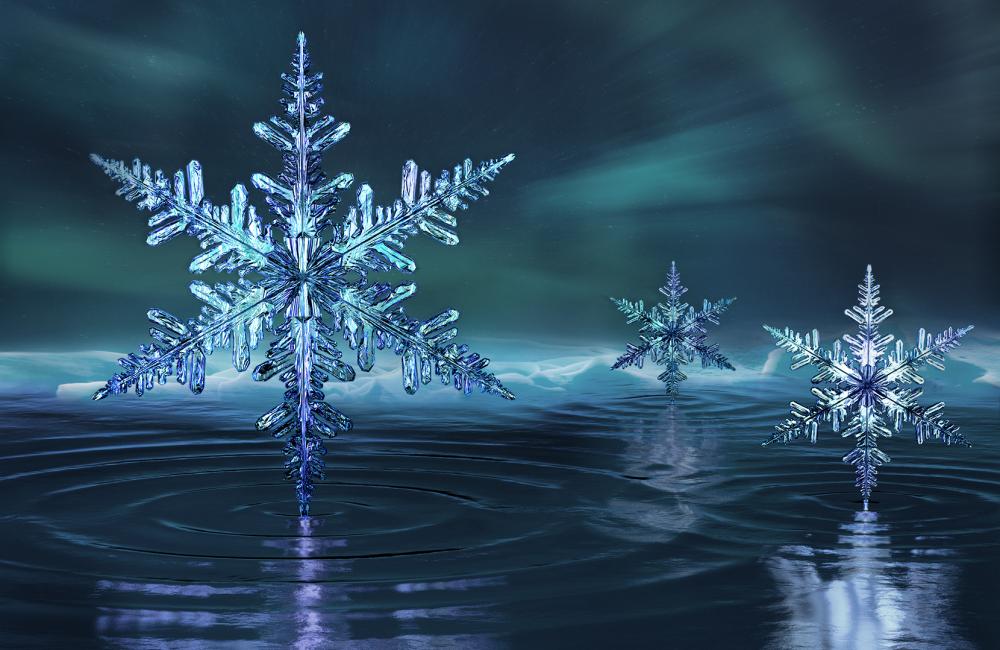
Challenging findings on supercooled water and non-crystalline ice/JJill Hemman/Oak Ridge National Laboratory, U.S. Dept. of Energy
Even water has weird moments, in this case, a “major departure from widely accepted theory”:
At ORNL’s Spallation Neutron Source, the team froze a three-millimeter sphere, or about half a drop, of deuterated water, which has an additional neutron in the hydrogen nucleus needed for neutron scattering analysis. Then, they programmed the Spallation Neutrons and Pressure, or SNAP, diffractometer to minus 173 degrees C. The instrument increased the pressure incrementally every couple of hours up to 411,000 pounds per square inch, or about 28,000 atmospheres while collecting neutron scattering data between each hike in pressure.
“Once we achieved amorphous ice, we planned to raise the temperature and pressure and observe the local molecular ordering as the amorphous ice ‘melts’ into a supercooled liquid and then recrystallizes,” Tulk said. However, after analyzing the data, they were surprised to learn they had not created amorphous ice, but rather a sequence of crystalline transformations through four phases of ice with ever-increasing density: from ice Ih to ice IX to ice XV to ice XIII. There was no evidence of amorphous ice at all.
“I’ve made many of these samples always by compressing ice at low temperature,” said co-author Dennis Klug from the National Research Council of Canada, the lab that originally discovered the pressure-induced amorphization of ice in 1984. “I’ve never previously seen this pressure-temperature path result in a series of crystalline forms like this.”
“If the data from our experiment was true, it would mean that amorphous ice is not related to liquid water but is rather an interrupted transformation between two crystalline phases, a major departure from widely accepted theory,” Klug added.Sara S. Shoemaker, “Unexpected observation of ice at low temperature, high pressure questions ice, water theory” at Oak Ridge National Laboratory
Paper. (paywall)
Who will be surprised if the odd new phases turn out to relate in some way to the fine-tuning of the universe? Don’t know. Just wondering.
See also: Water can exist in two different liquid phases
Follow UD News at Twitter!